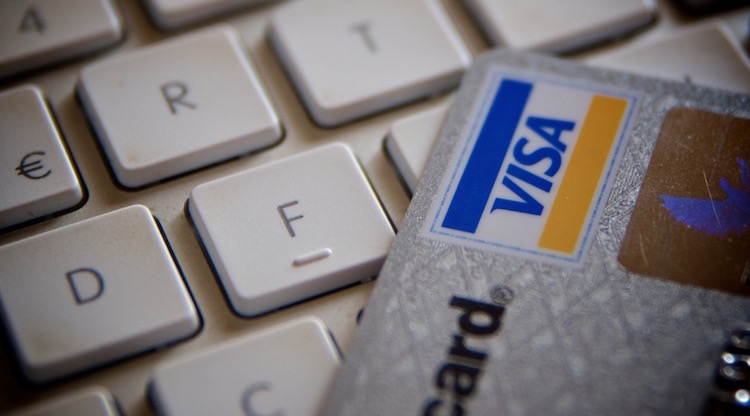The number of digital payment users is growing at a rate of 5.4 percent as per Statista. This upward trend highlights the need to move to the digital space.
However, many companies have stayed away from adapting digital payments because the technology is constantly changing.

Businesses lack confidence in digital payments. Many are not fully aware of how things work, and some are afraid of security risks. The same goes for consumers. Some are still wary of these new forms of payments, not fully understanding the security implications.
We all know how common hacks and data breaches are, and consumers are cautious to trust the new technology.
In this article, we will talk about a few things you can do to improve digital payments.
1. Standardize Device and Browser Support
We do not presently have a standardized device and browser support system for online payments.
Different devices and browsers use different tools to store and manage information. This information has to be automatically supplied to web pages and apps when needed.
The World Wide Web Consortium is working hard to standardize the system, but more organizations need to be onboard to make it a reality.
Standardizing the system will eliminate risk and instill more confidence in digital payments.
2. Educate Consumers and Spread the Word
Digital payment platforms have found massive success in Europe and some other parts of the world, but the adoption rate in the US is as low as 45 percent.
Consumers prefer credit cards and other such methods over digital payments due to a lack of trust in online networks. Some do not even know how digital tokens or other such tools work.
There is a need to educate consumers on how digital coins work and what benefits they offer.
A major concern among users is security. Companies should highlight the security advantages of digital payments to attract more consumers.
Different tools can be used to spread the word. Physical stores can utilize signage to demonstrate how to use digital payments. Online vendors can opt for email marketing and other such techniques.
The aim should be to eradicate myths and highlight how digital payments help save money and time while being more secure than other options.
3. Join Hands with Financial Organizations
Consumers have faith in banks and other financial organizations including government bodies.
Getting their approval or joining hands with them can push more consumers to try digital payments.
Integrating with banks can be a good way to promote digital payments and reach a wider audience. This will make transfers faster and more seamless.
Google Pay, Venmo, and Apple Pay seem to be using this formula.
4. Utilize Blockchain to Improve the System
The opinion on the use of cryptos might be divided but we all seem to agree that blockchain is the future. Financial institutions and government agencies around the globe are already using blockchain for different purposes.
It allows businesses and individuals to make fast and secure payments. When it was first introduced, blockchain was considered a slow option, but latest reports prove that it’s faster and more reliable than alternatives, including wire transfers.
Blockchain can manage about 1,500 transactions per second. In comparison, the current interbank wire system can only handle about 1,400 transactions at peak times.
5. Make Use of Digital Coins
The use of digital coins is on the rise despite a lack of global acceptance. There are more than 50 million digital wallets out there and some big companies have now started to accept Bitcoin and other cryptocurrencies as a payment option.
Cryptocurrencies are beneficial but they have their limitations. Digital coins are highly volatile and online digital wallets are known to be unreliable.
Since digital coins are still not accepted all around the world, concentrating solely on them as a payment option may not be the best decision especially if you are looking at global markets.
6. Introduction Conversational Payments
Conversational payments can be defined as a combination of shopping and messaging apps.
Since many buyers use messaging platforms like WhatsApp and Facebook to talk to brand representatives or get answers to their questions, businesses can go the extra mile and offer buyers an opportunity to make payments through the same network.
WhatsApp has already introduced this feature in Brazil. Based on the positive response it has received, the feature may soon become available in other countries as well.
7. Offer Instant Rewards to Consumers
We love the idea of being rewarding for doing something, especially if it is for something we are already doing anyway.
You can motivate consumers to switch credit cards for digital payments by offering them rewards such as special discounts, faster checkouts, and cashback opportunities.
Companies can even introduce a loyalty system and award buyers’ special points for using a specific payment method with the option to save points or use them to make payments once you reach a threshold.
You have to be very careful when designing such a system because consumers want simplicity.
Do not make a very complex reward system. It will push buyers away. Your job should be to attract buyers and not make things hard for them.
Conclusion
The key lies in making online payments easier and customer friendly. Once people realize the benefits of online payments, they will happily switch. However, changes like this can often take time.
Author Bio
Lou Honick is the CEO of Host Merchant Services. Prior to founding Host Merchant Services in 2010, Lou was the founder of HostMySite.com and received numerous awards including SBA Young Entrepreneur of the Year, Inc Magazine 30 under 30, and multiple listings on the Inc 500. As a serial entrepreneur, all of his companies have operated on a singular devotion to outstanding customer service and support. Lou is a respected expert on the topics of customer service, payments and fintech, Internet technology, and entrepreneurship.
Disclosure: We might earn commission from qualifying purchases. The commission help keep the rest of my content free, so thank you!



